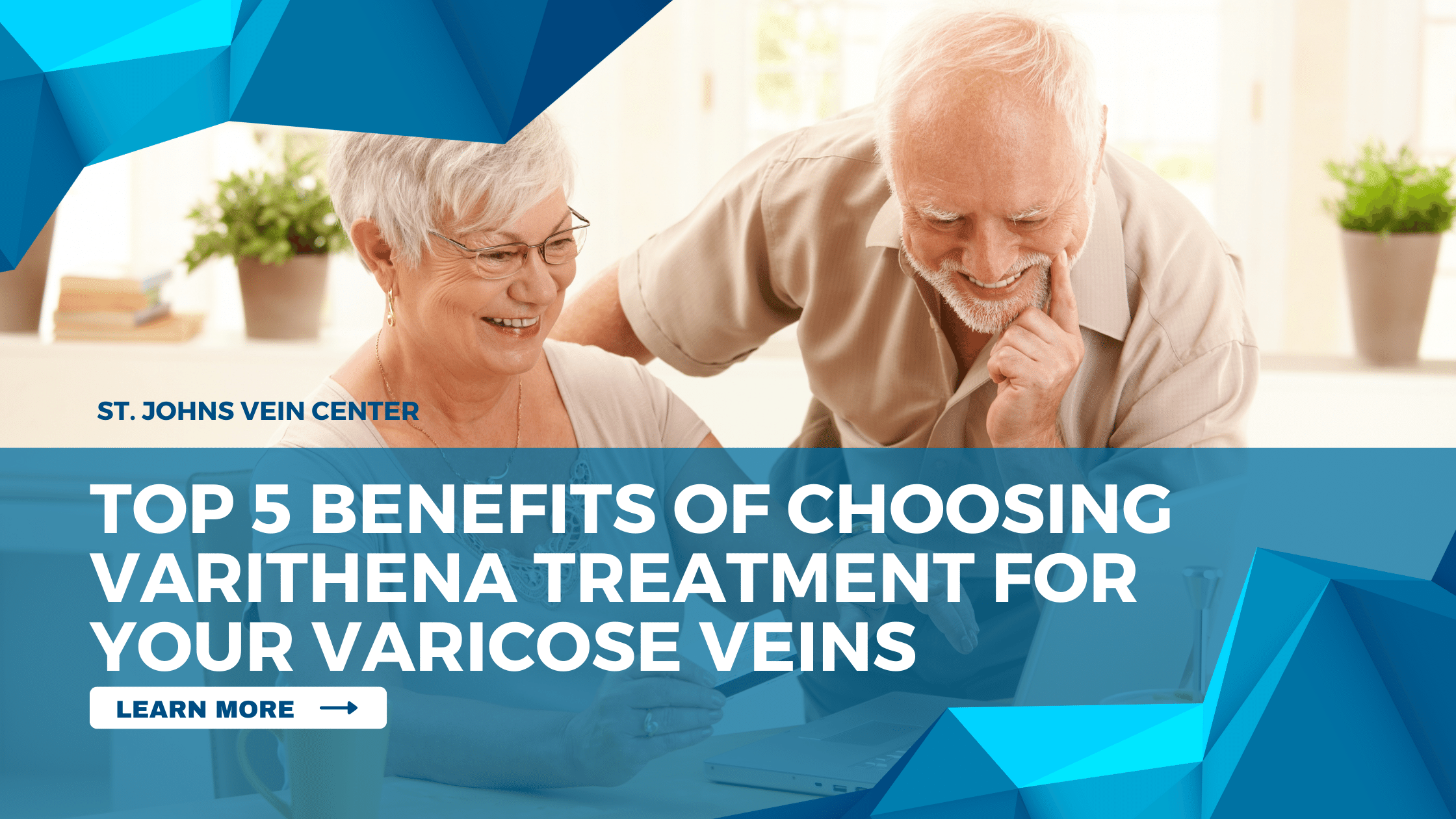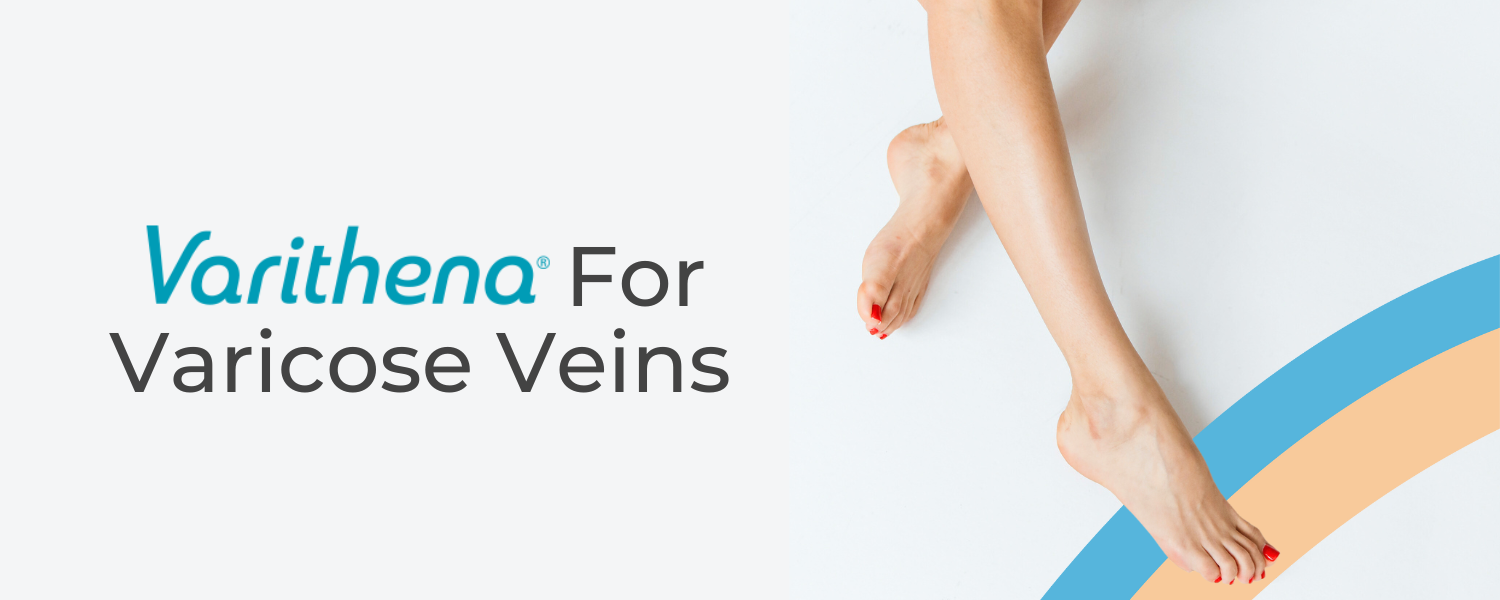If you’re one of the many people who suffer from varicose veins, you’ve probably been searching for a treatment that’s effective and minimally invasive. Look no further than Varithena! This innovative foam-based treatment is quickly becoming the go-to option for those seeking relief from painful or unsightly veins. In this blog post, we’ll dive into the top 5 benefits of choosing Varithena treatment for your varicose veins. From quick recovery times to long-lasting results, you won’t want to miss out on what this cutting-edge procedure has to offer. So sit back, relax, and let us show you why Varithena may be just what your legs have been craving!
Reduced Pain and Discomfort WITH VARITHENA
Reduced Pain and Discomfort – One of the biggest complaints from patients with varicose veins is the pain and discomfort they cause. Varithena treatment significantly reduces both of these symptoms, so you can get back to your life without having to deal with constant pain or discomfort.
Improved Appearance
It’s no secret that varicose veins can be unsightly. But did you know that they can also lead to serious health problems? Thankfully, there is a treatment option available that can improve the appearance of your veins and help you avoid future complications.
Varithena is a FDA-approved injectable treatment that is used to treat varicose veins. This minimally invasive treatment option involves injecting a solution into the affected veins. This solution works to close off the vein so that blood can no longer flow through it.
Over time, the treated vein will begin to fade away. This not only improves the appearance of your veins but also helps to prevent further complications from developing.
If you are dealing with varicose veins, don’t wait to get treatment. Varithena offers a safe and effective way to improve the appearance of your veins and protect your health.
VARITHENA IS A Minimally Invasive Procedure
The recovery time is much shorter with a minimally invasive procedure like Varithena treatment. You can expect to return to your normal activities within a few days, as opposed to the weeks or even months required for traditional surgery. Finally, the cost of a minimally invasive procedure like Varithena treatment is typically much lower than traditional surgery. If you are considering varicose vein treatment, be sure to ask your doctor about Varithena treatment as an option.
Quick Recovery Time
If you’re looking for a treatment option for your varicose veins that will provide quick relief and help you get back to your normal routine as soon as possible, Varithena may be the right choice for you. This minimally-invasive treatment option uses a foam solution to collapse the affected veins, providing immediate results. In most cases, patients can expect to see a significant improvement in the appearance of their varicose veins after just one treatment session. Furthermore, there is minimal downtime associated with Varithena, so you can get back to your normal activities right away.
Low Risk of Complications
Varithena is a new, FDA-approved treatment for varicose veins that offers a number of advantages over older treatments. One of the biggest advantages of Varithena is its low risk of complications.
Compared to older treatments for varicose veins, such as surgery, Varithena has a much lower risk of complications. In clinical trials, the most common side effect was bruising at the injection site, which resolved within a week. There were no serious side effects reported.
This low risk of complications is due to the fact that Varithena is injected directly into the vein, so it does not require any incisions or anesthesia. This means that there is less risk of infection or other complications associated with surgery or sclerotherapy.
Varithena is also a more convenient treatment than surgery or sclerotherapy, because it can be done in a single office visit. There is no need for multiple appointments or recovery time after the procedure.



